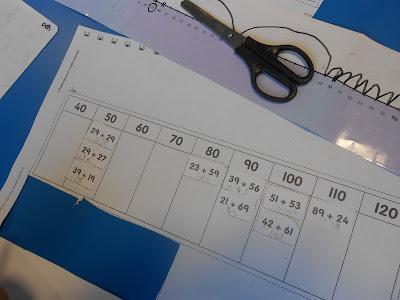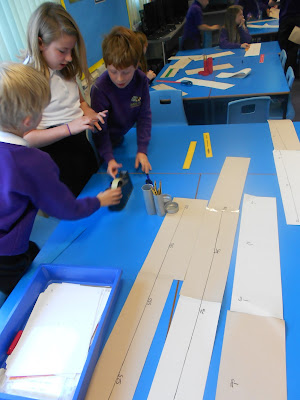Ganges class were faced with another difficult problem to solve once December came around. With thirty pupils in class and just fourteen actual school days in December how were they going to organise things so that everyone had a chance to open a door on the huge advent calendar?
Well with everyone very keen to receive an advent chocolate from the Fair Trade Advent calendar the children soon figured out that:-
14 x 2 = 28
So if we have a pupil opening the door on the large Advent calendar at morning registration and another at afternoon registration we could then squeeze the last two in on the last two days of term when we have three openings each day. Just shows how creative you can be when there is the offer of a Christmas chocolate!

























